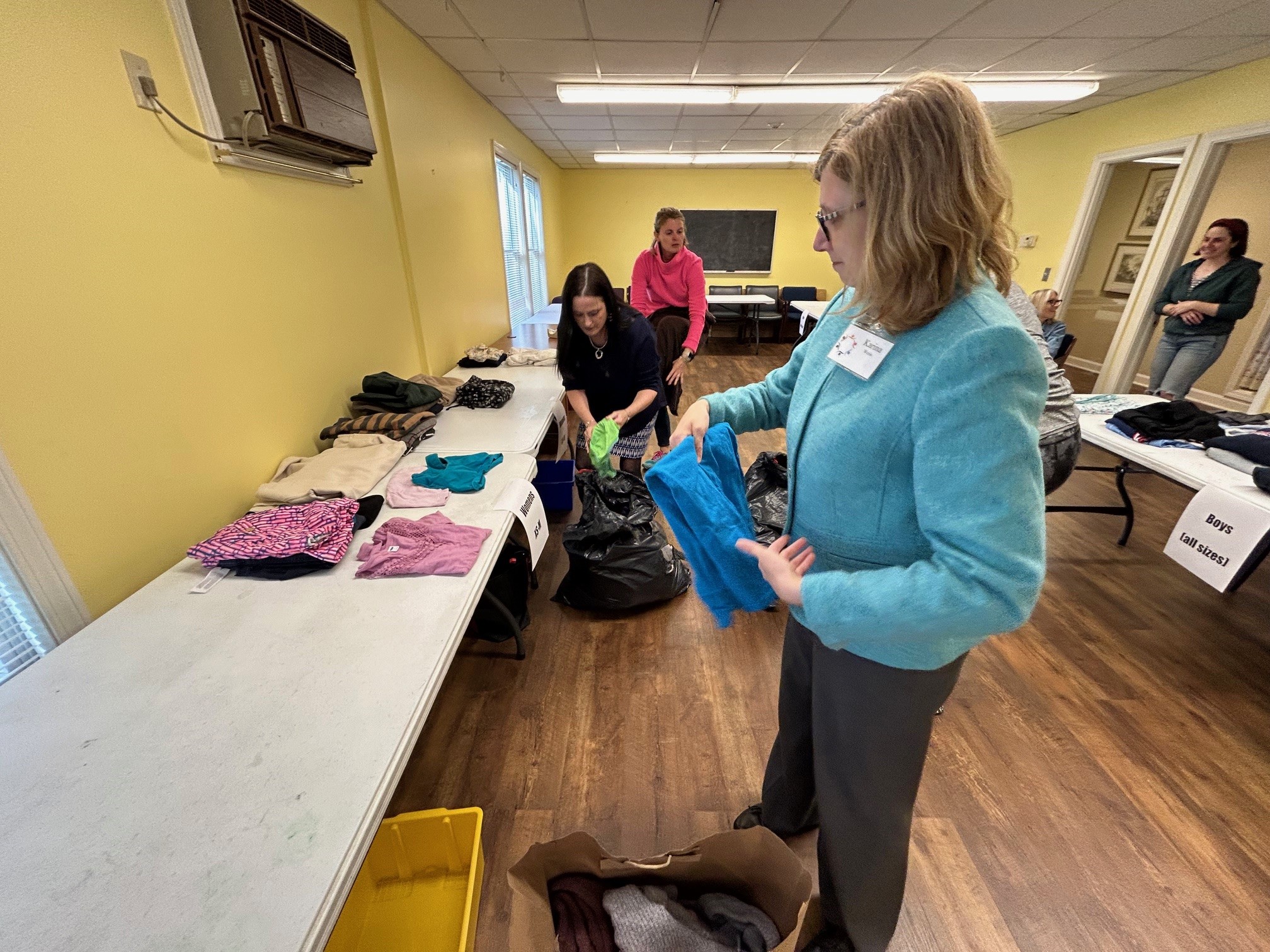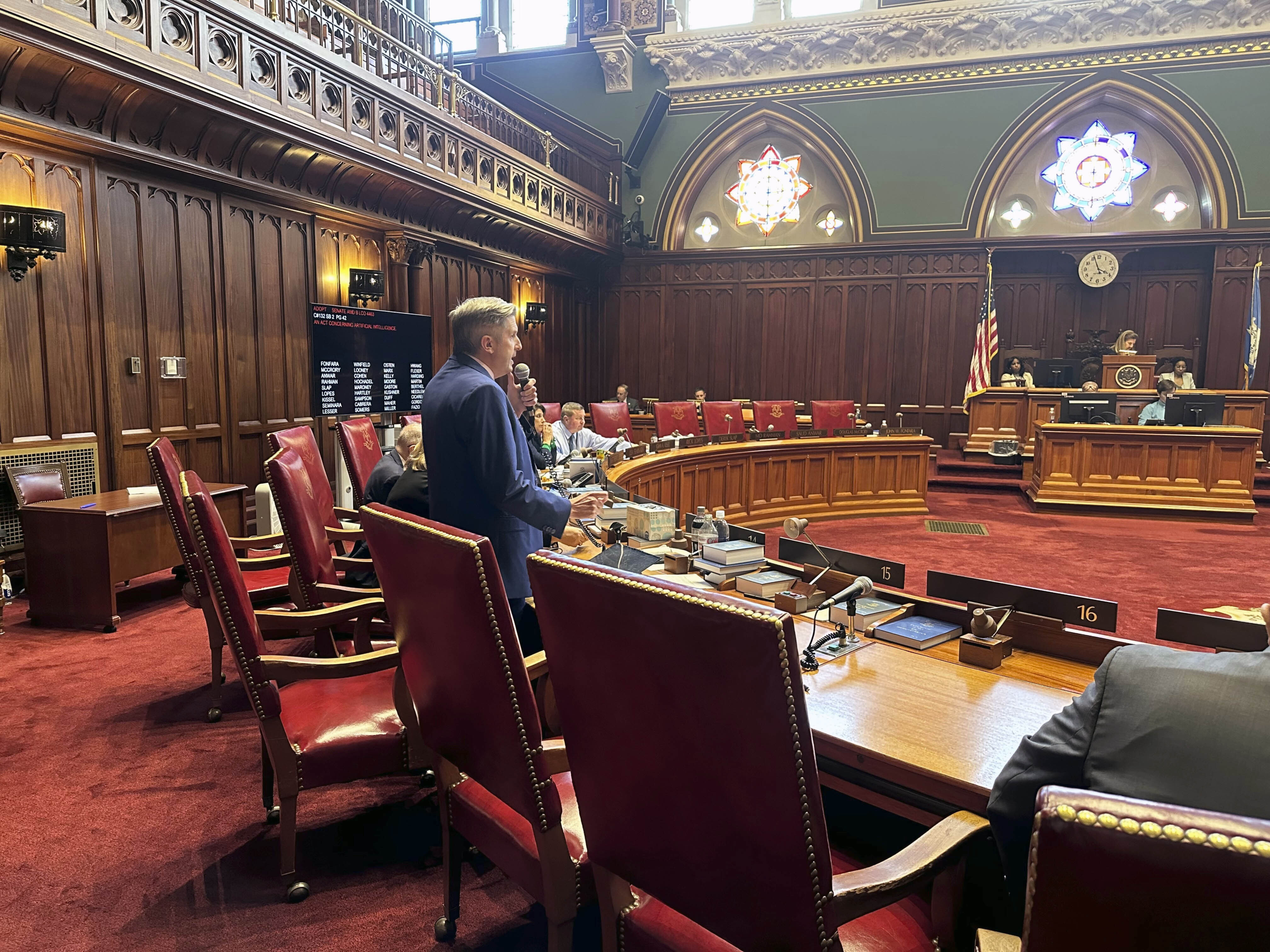If you are looking for a new job, you may be able to find one with the state.
Thousands of positions are opening this year with an anticipated surge of retirements. With this turnover, state leaders are looking to make the workforce more diverse.
"The public sector serves people directly, and the workforce should look like the population that it serves because that allows them to understand the needs of that population," said Mohamad Alkadry, Professor of Public Policy at UConn.
Approximately 30,000 people work for the executive branch of the state, and two new reports looking specifically at that branch show that 8,145 employees are eligible to retire this year. More than two-thirds of them plan to do so, meaning there will be 5,864 vacancies.
Get Connecticut local news, weather forecasts and entertainment stories to your inbox. Sign up for NBC Connecticut newsletters.
With that change, efforts are already underway to re-hire a more diverse workforce.
"I think it means that everybody that we re-hire should be more reflective of the of the state of Connecticut's population," Lora Rae Anderson, Department of Administrative Services Spokesperson, said.
It's being called a "retirement tsunami," and with the turnover, state leaders see an opportunity to address gender, race, and ethnic disparities in the makeup of the workforce. They are also considering pay equity in the state government.
Local
A report released by the state Comptroller's Office and UConn's Department of Public Policy looks at how to best handle the moment. It specifically considers those two factors: pay equity amongst the 30,000 thousand state employees in the executive branch, as well as workforce diversity, including new hires.
"New hire data is really important because it tells you what the future is likely to look like," Alkadry said.
Regarding payroll, Asian men, women, and white men earn the most, while black, and Hispanic employees earn the least. Hispanic males experience the greatest disparity at 84 percent.
Anderson says the Department of Administrative Services is working to expand opportunities for internal growth. Those include centralizing departments like Human Resources and IT to better ensure equitable pay and expanded access to job training.
"If you're somebody that is thinking about moving up professionally or wants to get promoted, is thinking about getting that raise, there's a really great opportunity for you to just log on," Anderson said. "Whether whether you're at work or off, you know, it's something that you can access at any point. And if you want to learn about new opportunities, that's something that's there for you."
As for workforce representation, the report indicates women are well-represented across the executive branch, making up 51 percent of the workforce compared to 52 percent of the state population. However, that varies from one agency to another.
"There's parity overall in the workforce," Alkadry said. "When you zoom into different categories within the workforce, you start seeing some discrepancy or imbalance."
Women are overrepresented in administrative support, filling 87 percent of those roles, and paraprofessional services. They are significantly underrepresented in areas like protective services and engineering.
When it comes to racial diversity, the report shows the majority of executive branch employees are white. The report finds an appropriate number of black employees overall, but black men are underrepresented. Asian employees are underrepresented across the board but account for many new hires.
The most underrepresented group is Hispanic employees. The gap only grows when new hires are considered.
Alkadry says new hires now will shape diversity in the workforce in 5 to 10 years.
"We're talking about five- or six-thousand employees that were hired into the state workforce in the last five or six years," he said. "So new hires present almost an opportunity to hire as many people in one year for the state, and the idea here is that this shouldn't be a missed opportunity."
Anderson says DAS is strengthening community partnerships and expanding recruitment.
"Folks will be able to expect to see more advertisements for state jobs in your tiny local papers that are maybe not necessarily in English, or just Spanish," she said. "We're hoping to expand to some Portuguese, Polish, other different outlets, just to ensure we have some more diverse folks getting their eyes on what we're sending out."
The judicial branch is also considering diversity amongst its 3,600 employees. A task force met Tuesday to discuss anticipated retirements of judges, prosecutors, court-martials, clerks, and others.
Based on the workforce in 2017, 1,800 of these employees are eligible to retire by mid-2022. That is 46 percent of the workforce. However, speakers at Tuesday's meeting said the pandemic has played a role in some people leaving their jobs with the state early. By October of 2020, more than 900 of these employees had already retired.
If you are interested in applying for a job opening with the state, you can visit CT.gov/DAS.



